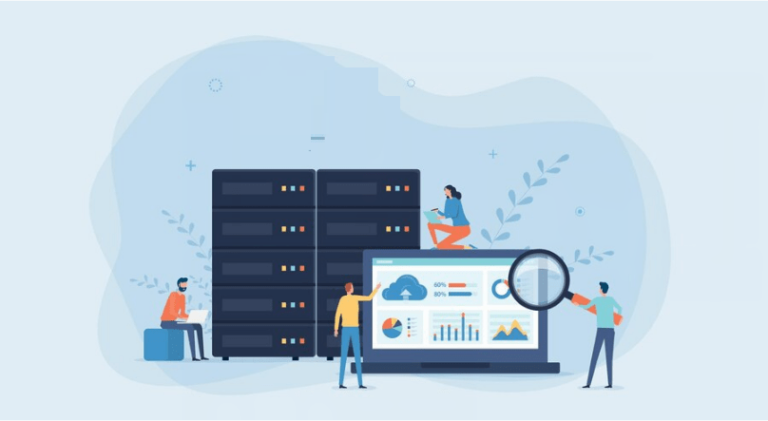So what is your take on cloud storage, and in what context?
Is cloud storage all about removing cost, cost cutting, free storage? Or perhaps even getting something else in addition to free storage?
You might ask: what type of cloud storage am I referring to? That’s a great question. After all, there are many types or categories of public cloud storage services, not to mention private and hybrid options. There are cloud storage services for consumers to save and share their photos, videos, music and other documents to. Then there is business and enterprise file, document, object and collaboration cloud storage options.
Let us not forget the cloud storage services that are used for backing up, copying, syncing, replicating or archiving data as part of a business continuance (BC), disaster recovery (DR), business resiliency (BR) data protection solution.
Yet another class of cloud storage (e.g. AWS EBS) are those intended or optimized to be accessed from within a cloud via cloud servers or compute instances (e.g. AWS EC2 among others) vs. those that are optimized for both inside the cloud as well as outside the cloud access (e.g. AWS S3 or Glacier). I am using AWS examples; however, you could use Microsoft Azure, Google, Rackspace, CenturyLink, Peak, HP, IBM Softlayer, Verizon and many others.
Likewise, not all types of cloud storage are the same, which is similar to traditional storage you may be using or have used in your environment in the past. For example, there is high-capacity low cost storage, including magnetic tape for data protection, archiving of in-active data along with near-line hard disk drives (HDD). There are different types of HDDs, as well as fast solid-state devices (SSD) along with hybrid or SSHD storage used for different purposes.
(This is where some would say the topic of cloud storage is highly complex.)
What does all this have to do with costs?
Simple. How do you know if cloud is cheaper or more expensive if you do not know your own costs, including hardware, software, facilities, data protection, and management, along with staffing?
Likewise, are you comparing apples to oranges with storage costs (both for cloud and on premise) or simply looking at how much space capacity for a given price?
With cloud storage, just like regular storage, there are different types of storage and services for various costs, space capacities, performance level, resiliencies (including availability), and accessibility. Likewise, there is different feature functionality that comes into storage decision-making besides simple price per space capacity.
What about cloud storage not being reliable?
Similar to regular storage, how you choose to use and configure on-site traditional storage for high-availability, performance, security among other best practices should be applied to cloud solutions. After all, only you can prevent cloud (or on premise) data loss, granted it is a shared responsibility. Shared responsibility means your service provider or system vendor needs to deliver quality robust solution that you can then take responsibility for configure to use with resiliency.
With clouds similar to regular storage, the conversation often moves from cost to that of availability, including number of nines availability. With cloud storage you will hear providers talk about a higher number of nines pertaining to availability. Likewise you will hear some fud that more nine’s are a waste of time and money. There is some hype and fud, apples to oranges that need clarification as it ties back to costs.
Traditional storage thinking is often simply around availability, whether the data is accessible or not. On the other hand, many cloud service providers mention ten or more number of nines availability as being the combination of accessibility plus being durable. “Durable” meaning that there are multiple copies and versions of data in different systems or optionally locations.
What this all means is: do not be afraid of clouds, however be ready, do your homework, including gaining some experience and insight. Be careful of storage decision-making for cloud as well as on-premise solutions based simply on hype and fud to avoid surprises. Instead, make informed decisions comparing apples to apples, unless your goal is to compare apples to oranges – more common than not in cloud storage.
For cloud storage, instead of simply focusing on lowest cost of storage per capacity, look for value, along with ability to configure or use with as much resiliency as you need. Value will mean different things depending on your needs and cloud storage servers, yet the solution should be cost-effective with availability including durability, secure and applicable performance.
So what is your take on cloud storage along with concerns or tips and best practices?
Do you think cloud storage is all about lower cost and you get what you pay for? Or that cloud storage services can also be configured for resiliency similar to other technologies?






